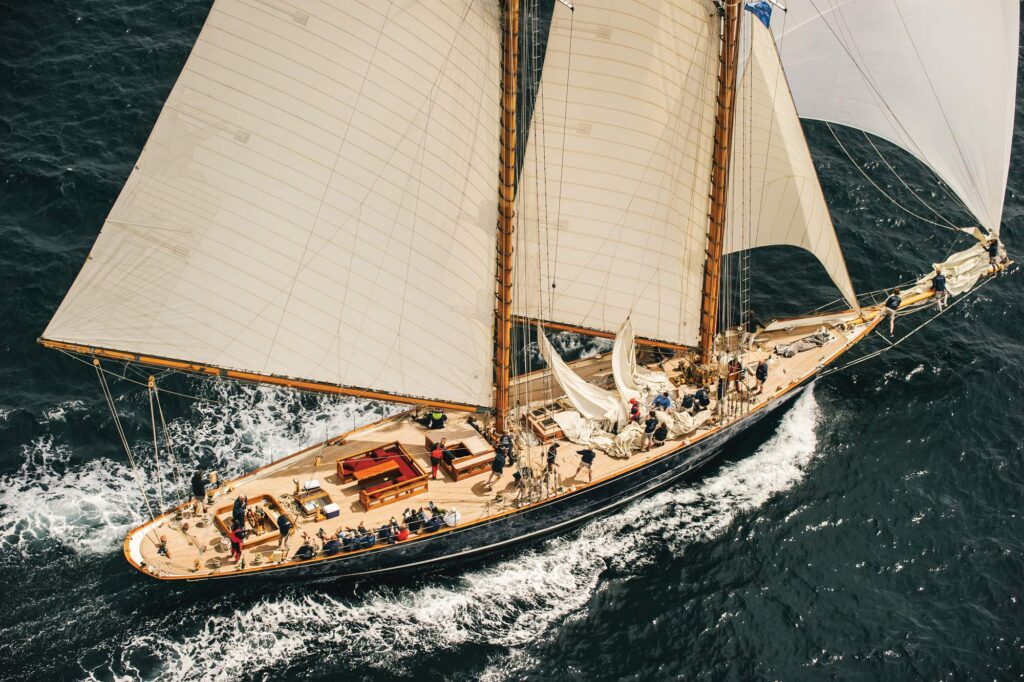
Not terribly long ago, the team at Edmiston excitedly announced that “for the first time ever—possibly the only time—two of the world’s finest classic yachts, Haida and Malahne, are available for charter in the Caribbean.”
It was an announcement nearly a century in the making. The 233-foot Haida was built in 1929 and had gone through a 16-month restoration that included modernizations to systems such as air conditioning. The 164-foot Malahne was a 1937 build whose 30-month refit brought the yacht back to its original looks, albeit with enhancements including modern fire-suppression and electrical systems.
Both yachts are examples of how today’s shipyards are finding ways to balance craftsmanship and heritage with the latest technologies and materials, ensuring that classic builds can remain on the water and be enjoyed for many more years to come. Within the worldwide fleet, there are countless opportunities for refits, restorations and repairs, but successful projects present numerous concerns when it comes to ensuring the legacy of design and construction.
“The immediate challenge is to ensure we provide the level of comfort that our clients expect from a yacht,” says Stefan Coronel, refit manager at Huisfit in the Netherlands. “Expectations have risen dramatically: increased comfort, reduced noise level, increased headroom and other ergonomic elements you wouldn’t easily find in a classic boat, and the difficult part is once we work to improve these expectations, there is the possibility of damaging the heritage of the boat.”
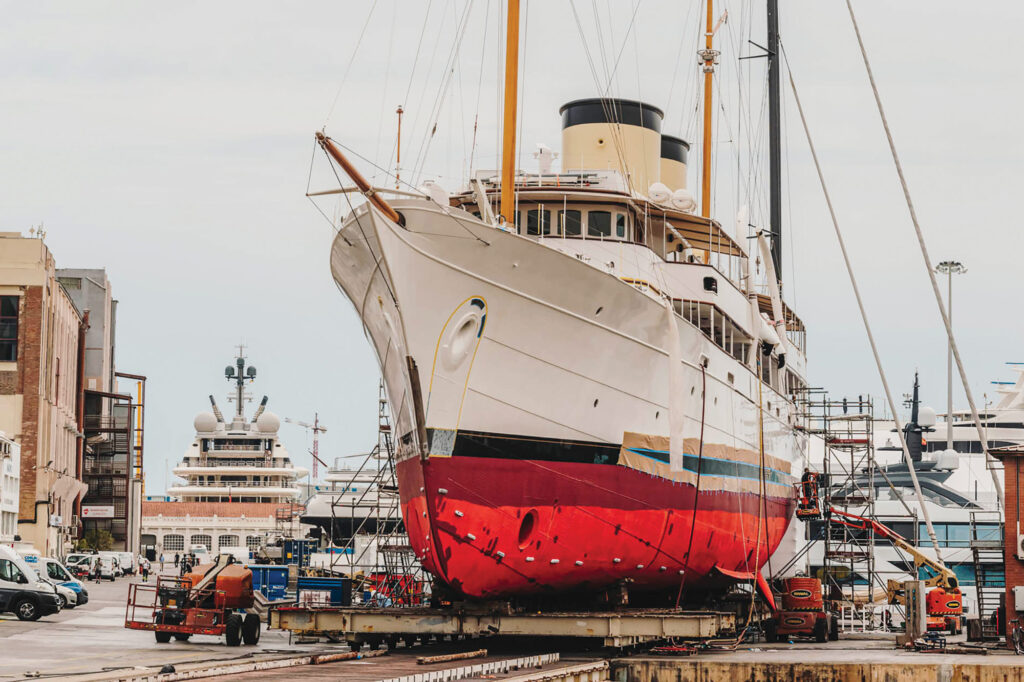
Coronel knows what he’s talking about, more than most. In recent years, Huisfit’s team has worked on refits and restorations ranging from the 121-foot motoryacht Fair Lady, which originally launched in 1928, to the 203-foot schooner Athos, which launched in 2010 and is now marketed as “the most technologically advanced classic sailing yacht built to date.”
Coronel says certain aspects of a refit still require handcrafted techniques to achieve specific finishes. Woodworking, in particular, has a tradition of craftsmanship that the industry is not keen to let slip away.
“I don’t see any way that woodworking can ever be taken over by modern technology,” he says. “There is no way you can get the same finishes from automated processes.”
The refit of the 122-foot Atlantide, a 1930 build, serves as a testament to this, he adds: “Specialists treated the wood on board with stones, deliberately creating scratches to treat the surfaces to achieve the unique antique look desired by the owner.”
Marcelo Penna, business development director at the MB92 shipyard in Barcelona, Spain, says custom carpentry details can be made with advanced technology, but an experienced carpenter with the same tools used 50 years ago is still needed to retouch joints, match wood grains and solve other problems.
“The reality is that custom projects require craftsmanship, requiring a handmade, unique approach, such as brass ventilation intakes, detailed bowsprits, or wooden masts and rigging,” Penna says.
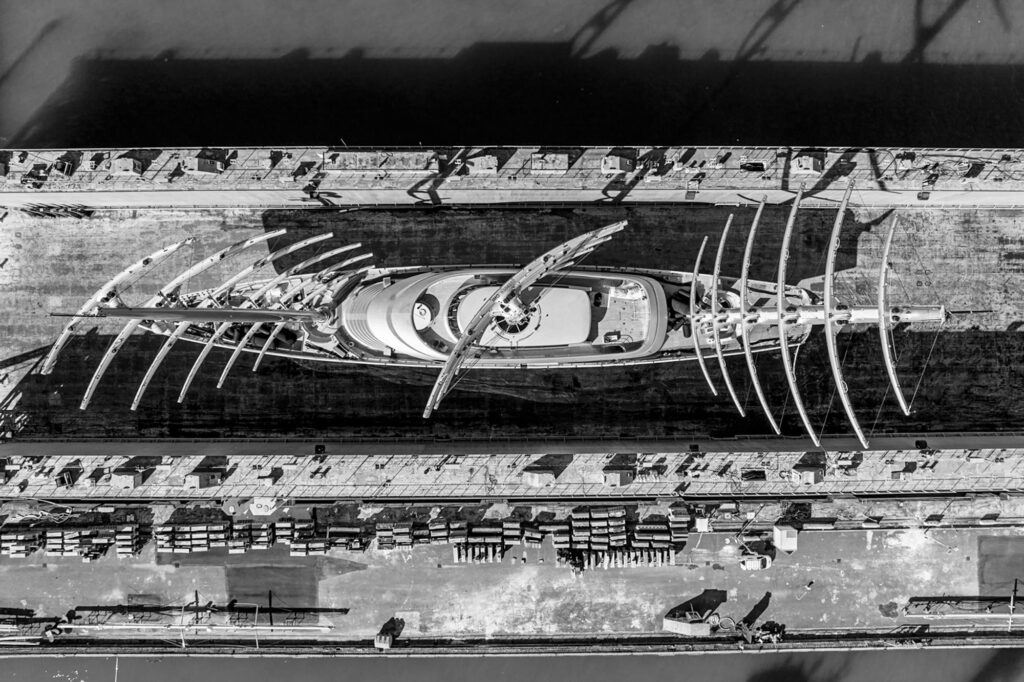
Yacht-building materials, of course, have also come a long way since the days when wood was the only option. GRP, honeycomb cores and carbon-fiber bulkheads are now the rule, not the exception.
However, Penna says: “There are materials you cannot simply replace or improve, such as brass or copper finishes. The same goes for interior maintenance through touch-ups or artwork care. Modern procedures might help, but the old polishing and restoration of fabric finishes generally demand traditional techniques by experts.”
Recent refit projects at multiple yards have included advanced technologies, such as 3D printing and scanning. In fact, with older boats that have limited or no original general-arrangement plans available, 3D-scanning capability can be a huge help.
“One advantage of using 3D scanning is the ability to reconstruct drawings of heritage boats,” says Gianni Paladino, commercial director of the Lubsen shipyard in Livorno, Italy. “It is also possible to map the interior volume of the boat to study restyling possibilities and from the point of view of the furnishings.”
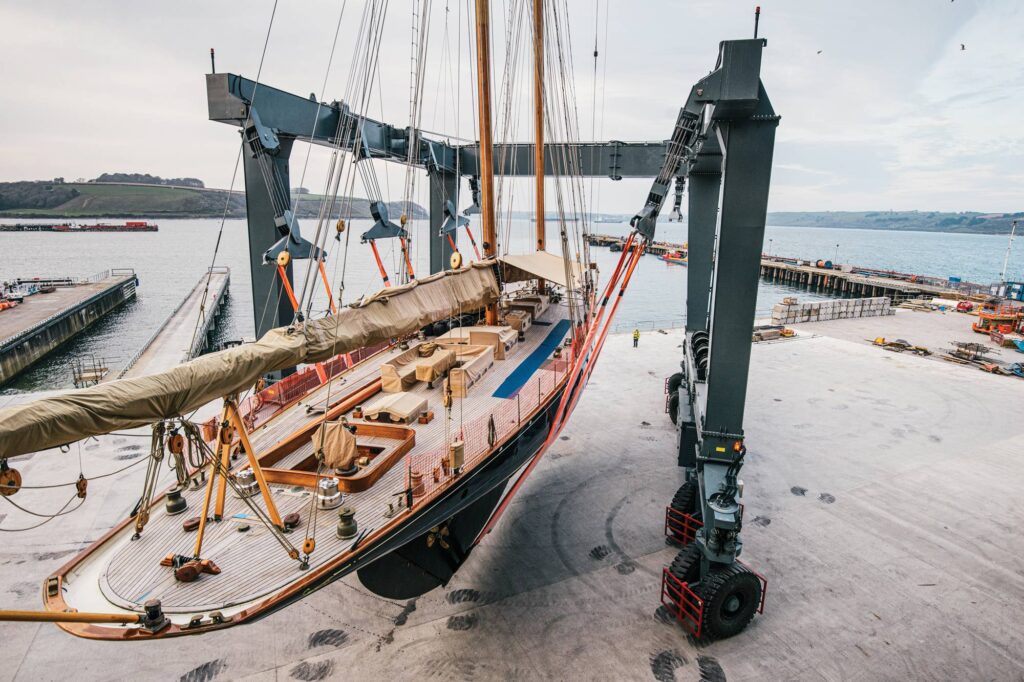
Penna says 3D scanning was among the tools used for the refit of the 270-foot Talitha: “We used a complete scan of Talitha’s hull using a 3D scanner, providing accurate readings and measurements of the complete yacht to ensure their drawings and specifications were updated accordingly and not drawings from the 1920s.”
Charlie Ross, operations director at Pendennis in the United Kingdom—which handled the Malahne refit—says some projects currently in the yard are also “embracing a more conscientious approach to innovation, specifically hybrid-power technology.” This kind of advancement is important, he adds, especially when it’s combined with attention to honoring a yacht’s heritage.
“We have to preserve the skills to enable efficient delivery of traditional skills to clients’ yachts, as well as embrace new technologies so that we remain at the forefront of being able to challenge traditional time and cost norms,” Ross says.
Penna says that while craftsmen such as carpenters are vital for maintaining an authentic appearance, “so is the incorporation of modern machinery. Striking a balance is crucial, as both are vitally important and can coexist.”
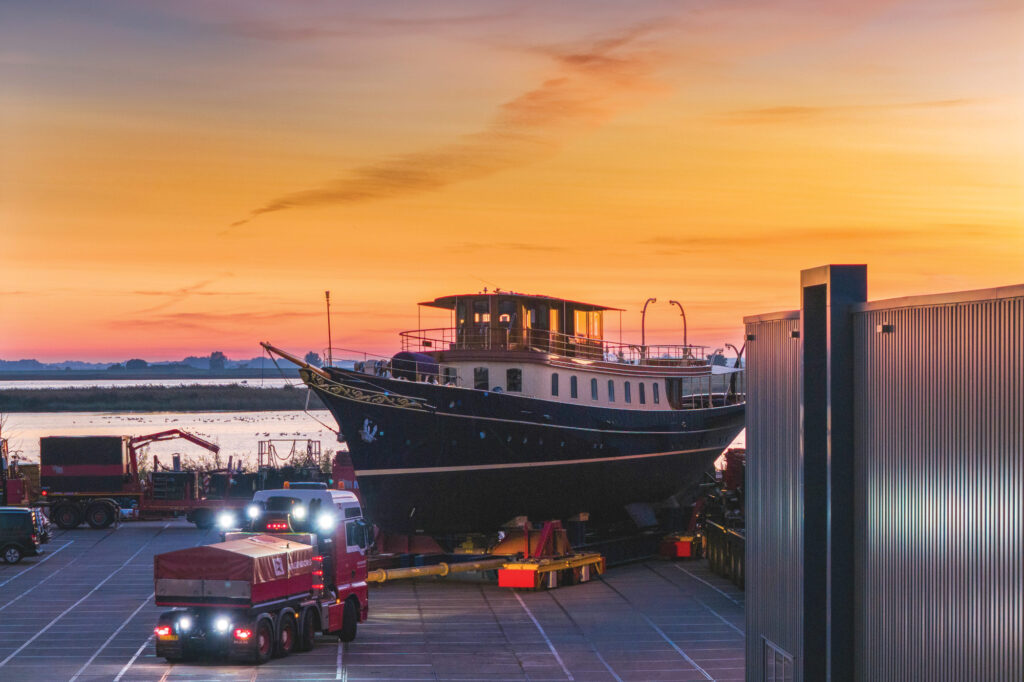
Ultimately, all these types of efforts lead to classic yachts being back out on the water, appearing as if they sailed straight out of their glory days, but with technology and systems on board that make boating safer and better for everyone.
As Pendennis put it after Malahne relaunched, that yacht is “one of a small number of prewar motoryachts to have survived until the 21st century.” Such yachts are an important part of maritime history and are well worth saving by any and all means possible.
Mariette
Pendennis has refitted the 138-foot Mariette several times. The twin-masted schooner was built in 1915, and the yard has utilized traditional techniques for replacing the deck and rigging hardware, and for installing davits. Navigation and communication systems are modernized.
Maltese Falcon
Lubsen handled the refit of this iconic 288-foot Perini Navi, which was delivered in 2006. Performance and emissions were improved by upgrading the generators and changing the main engine mufflers. Many of the same artisans involved in the build also worked on the refit.
Atlantide
This 122-foot motorsailer from the 1930s underwent a rebuild at Huisfit, preserving its original Gardner engines while using new technology for the onboard systems. The owner opted to maintain the traditional aesthetic, so traditional craftsmanship was carried out.









